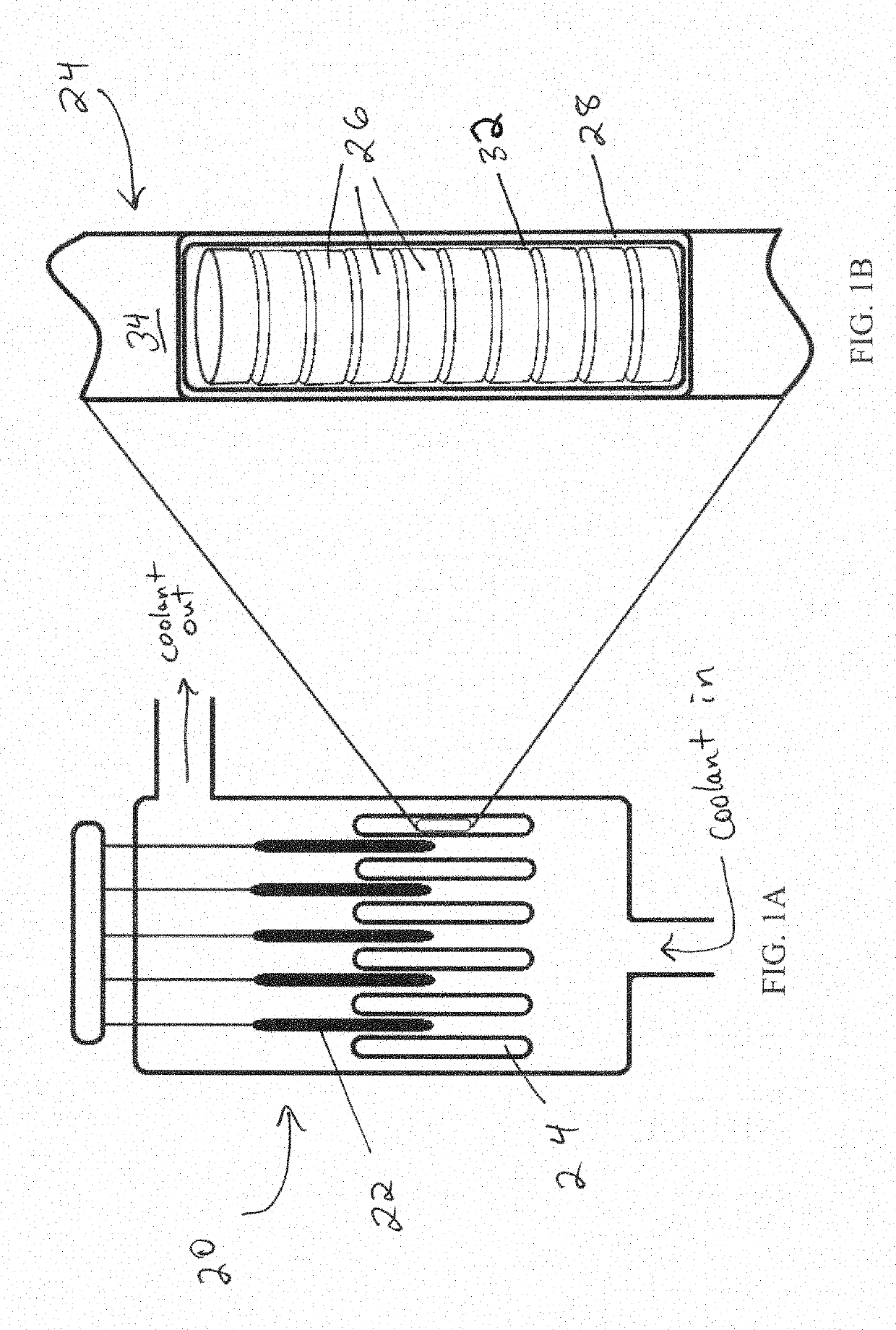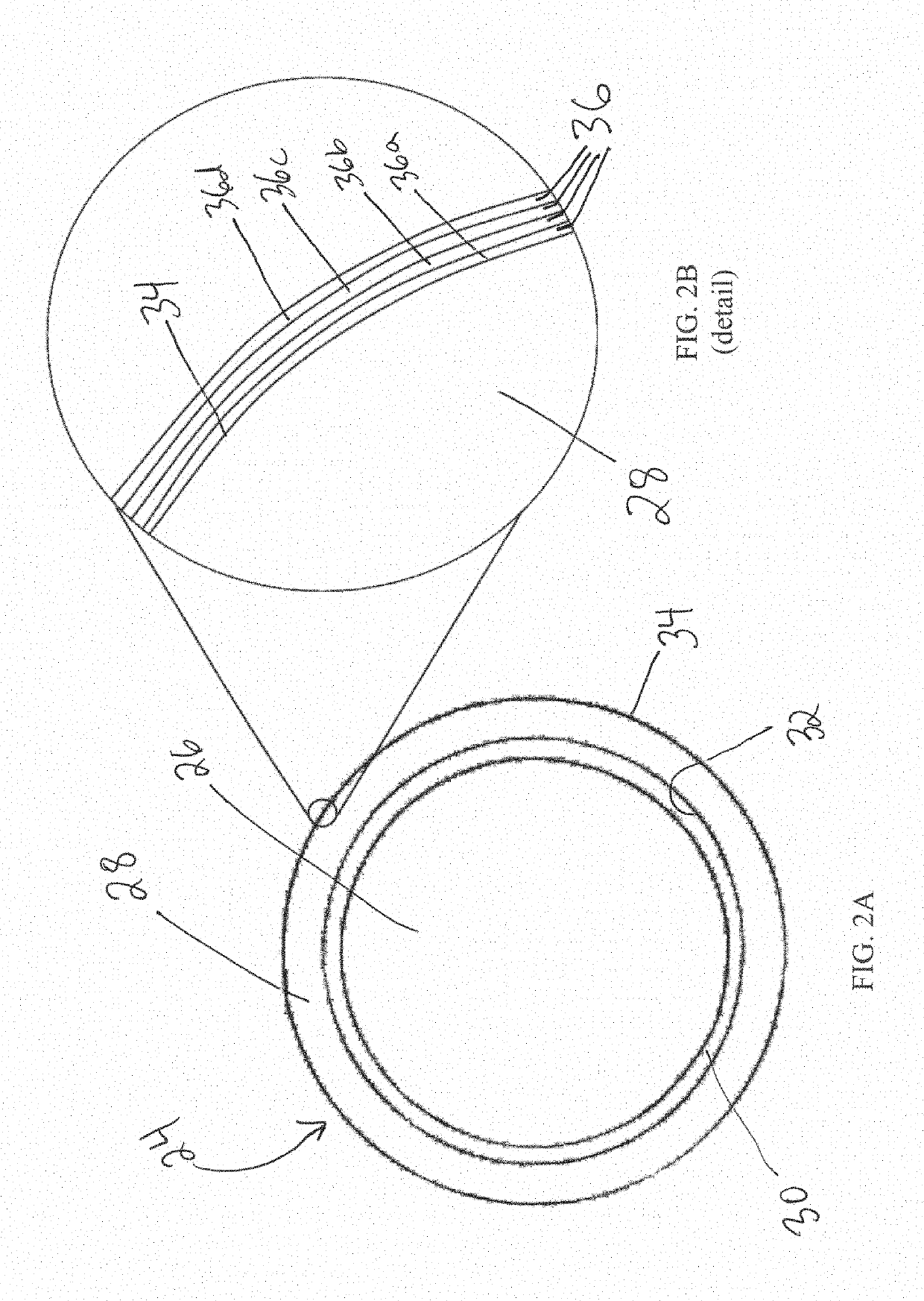Coating of nuclear fuel cladding materials, method for coating nuclear fuel cladding materials
a technology coating, which is applied in the field of coating of nuclear fuel cladding materials, can solve the problems of increasing the risk of an explosion, public is wary of nuclear energy, and the properties of zirconium degrade, so as to prevent or delay hydrogen gas production, prevent explosion hazards, and improve the effect of oxidation speed
- Summary
- Abstract
- Description
- Claims
- Application Information
AI Technical Summary
Benefits of technology
Problems solved by technology
Method used
Image
Examples
examples
[0055]Tests were run to determine the oxidation resistance provided by various coatings. When a material oxidizes, it gains weight proportionately to the amount of oxidation that occurs. This feature provides a means for determining the extent of cladding damage whereby weight gain due to oxide formation is proportional to cladding damage. Tests measured oxidation weight changes as a function of temperature. All tests were run over a four hour period, with 30 minutes of furnace heat-up and cool-down time, in flowing oxygen gas at atmospheric pressure. Table I, below, summarizes the oxidation of uncoated Zircaloy. The error margin for the oxidation weight gain measurements in all the experimental data is + / −0.005%.
[0056]
TABLE IZircaloy-2 (uncoated)Heat Temp (° C.)Weight Change (%)30004000.0655000.176000.328002.1
Table I shows that weight gain in an uncoated Zircaloy sample starts at temperatures at least as low as 400° C.
[0057]Table II, below, provides oxidation data for various coati...
PUM
| Property | Measurement | Unit |
|---|---|---|
| temperatures | aaaaa | aaaaa |
| temperatures | aaaaa | aaaaa |
| thick | aaaaa | aaaaa |
Abstract
Description
Claims
Application Information
 Login to View More
Login to View More - R&D
- Intellectual Property
- Life Sciences
- Materials
- Tech Scout
- Unparalleled Data Quality
- Higher Quality Content
- 60% Fewer Hallucinations
Browse by: Latest US Patents, China's latest patents, Technical Efficacy Thesaurus, Application Domain, Technology Topic, Popular Technical Reports.
© 2025 PatSnap. All rights reserved.Legal|Privacy policy|Modern Slavery Act Transparency Statement|Sitemap|About US| Contact US: help@patsnap.com



